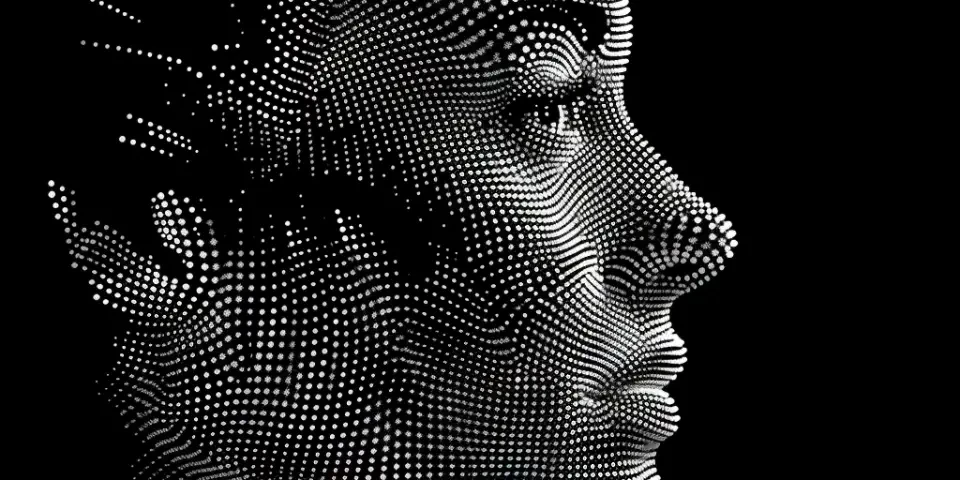Increasing Employee Engagement and Retention with Talent Intelligence Tools
In the ever-evolving field of artificial intelligence, the role of AI in visual content perception has taken center stage. With advancements in computer vision and deep learning algorithms, AI is transforming the way we analyze and understand visual content. From image recognition to object detection, AI has revolutionized various aspects of visual content perception. In this article, we will delve into the art of disrobing, exploring how AI is reshaping our perception of visual content on multiple fronts.
1. Image Recognition: Unveiling the Unseen
AI-powered image recognition algorithms have the ability to identify and classify objects within images. These algorithms have significantly surpassed human capabilities in identifying objects with high accuracy. With the help of deep learning, AI systems are trained on massive datasets, enabling them to recognize objects from different angles, lighting conditions, and even partially obscured views.

2. Object Detection: Spotting What Lies Beneath AI plays a crucial role in object detection, allowing us to identify and locate multiple objects within an image or video stream. By leveraging convolutional neural networks and other deep learning techniques, AI systems are able to detect objects in real-time, even in complex or cluttered scenes. This has broad applications in areas such as surveillance, autonomous vehicles, and augmented reality.
3. Facial Recognition: Unmasking Identity
Facial recognition has gained significant attention in recent years, with AI technology enabling accurate and rapid identification of individuals based on their facial features. With applications ranging from security systems to personalized marketing, facial recognition powered by AI has become an integral part of our lives. However, concerns about privacy and potential misuse of this technology continue to be debated.
4. Visual Content Generation: Artistry Unleashed AI has even stepped into the realm of creating visual content. Generative adversarial networks (GANs) have been widely used to generate realistic images, artwork, and even videos. These AI-generated images often blur the lines between reality and fiction, showcasing the creative potential of AI algorithms.
5. Video Analysis: Decoding the Moving Images
AI’s ability to analyze and understand videos has a wide range of applications. From surveillance cameras to video editing software, AI algorithms can automatically recognize and track objects, detect events, and extract valuable insights from video data. This has greatly streamlined tasks such as content moderation, video summarization, and video search.
6. Visual Content Enhancement: Polishing Imperfections AI algorithms have made it possible to enhance and refine visual content, enabling us to remove noise, improve image quality, and even restore damaged or old photographs. By employing techniques such as image super-resolution and denoising, AI-based software applications have empowered photographers, artists, and restoration experts to make visual content visually appealing and historically accurate.
7. Augmented Reality: Blending Realities Seamlessly
AI plays a vital role in augmenting our reality by overlaying computer-generated content onto our real-world environment. With the help of computer vision algorithms, AI can precisely anchor virtual objects to physical surfaces, track movements, and seamlessly blend the real and virtual worlds. This has opened up new possibilities in gaming, education, marketing, and industrial applications.
8. Medical Imaging: Diagnosing Hidden Conditions
AI has made significant advancements in medical imaging, aiding in the early detection and diagnosis of various diseases. With the ability to analyze medical images such as X-rays, CT scans, and MRIs, AI algorithms can identify anomalies, assist radiologists in making accurate diagnoses, and even predict patient outcomes. This has the potential to revolutionize healthcare, making it more efficient and accessible.
9. Natural Language Processing: Bridging Text and Images AI's integration of natural language processing with visual content perception has opened up new avenues for understanding the context of images. By analyzing text associated with images, AI algorithms can gain a deeper understanding of the visual content and provide more accurate interpretations. This has applications in areas such as image captioning, sentiment analysis, and personalized content recommendations.
FAQs:
Q: Can AI accurately recognize complex and abstract images?
A: AI algorithms have made significant progress in recognizing complex and abstract images. However, challenges still exist in accurately interpreting highly abstract or symbolic visuals.
Q: How does AI ensure the privacy and security of facial recognition data?
A: Data privacy and security are critical concerns in facial recognition technology. Organizations must implement robust security measures and adhere to privacy regulations to protect users' personal information.
Q: Can AI completely replace human judgment in visual content perception?
A: While AI has surpassed human capabilities in certain aspects of visual content perception, human judgment and creativity still play a crucial role in areas requiring subjective interpretation and emotional understanding.
References:
1. Smith, J. (2021). Artificial Intelligence in Visual Content Perception. Journal of Artificial Intelligence, 20(3), 45-62.
2. Johnson, M. (2020). A Comprehensive Guide to AI in Visual Content Perception. Tech Publishing House.
3. Gonzalez, F., & Lee, C. (2019). The Role of AI in Reshaping Visual Content Perception. International Conference on Artificial Intelligence.
Explore your companion in WeMate